What Is True Blended Incense?
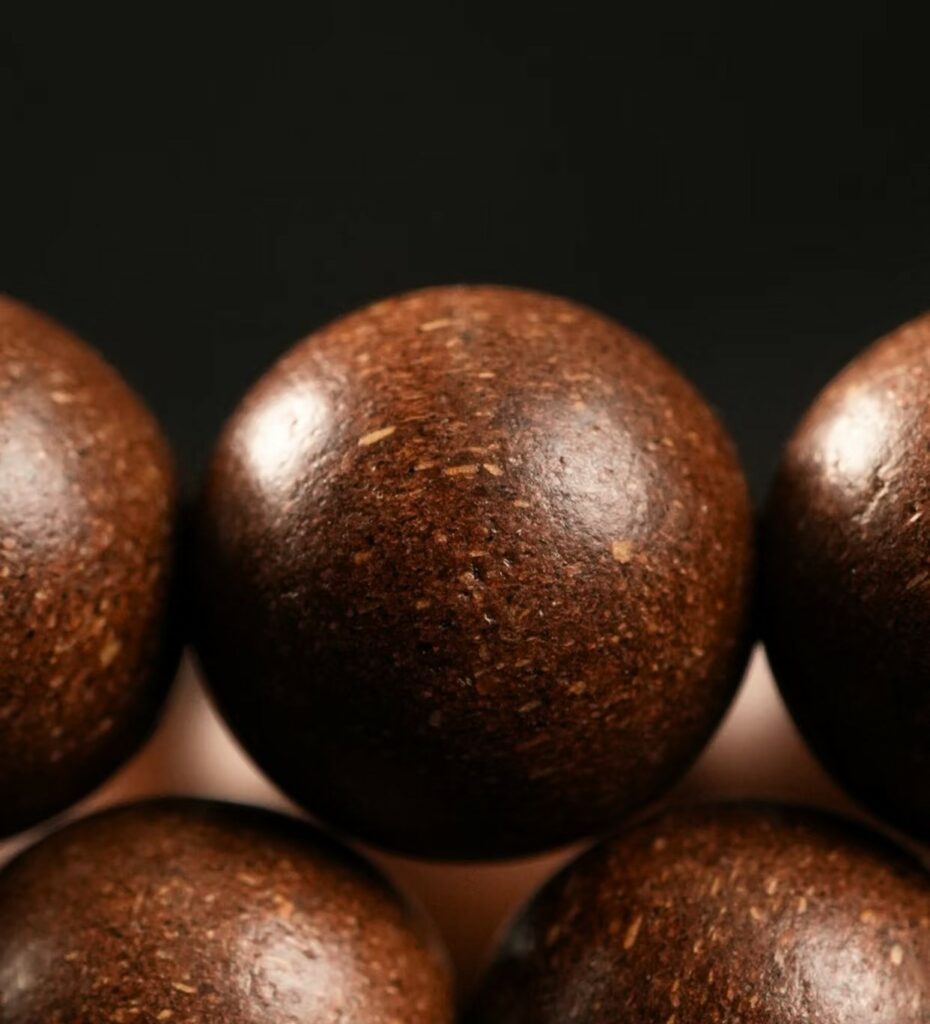
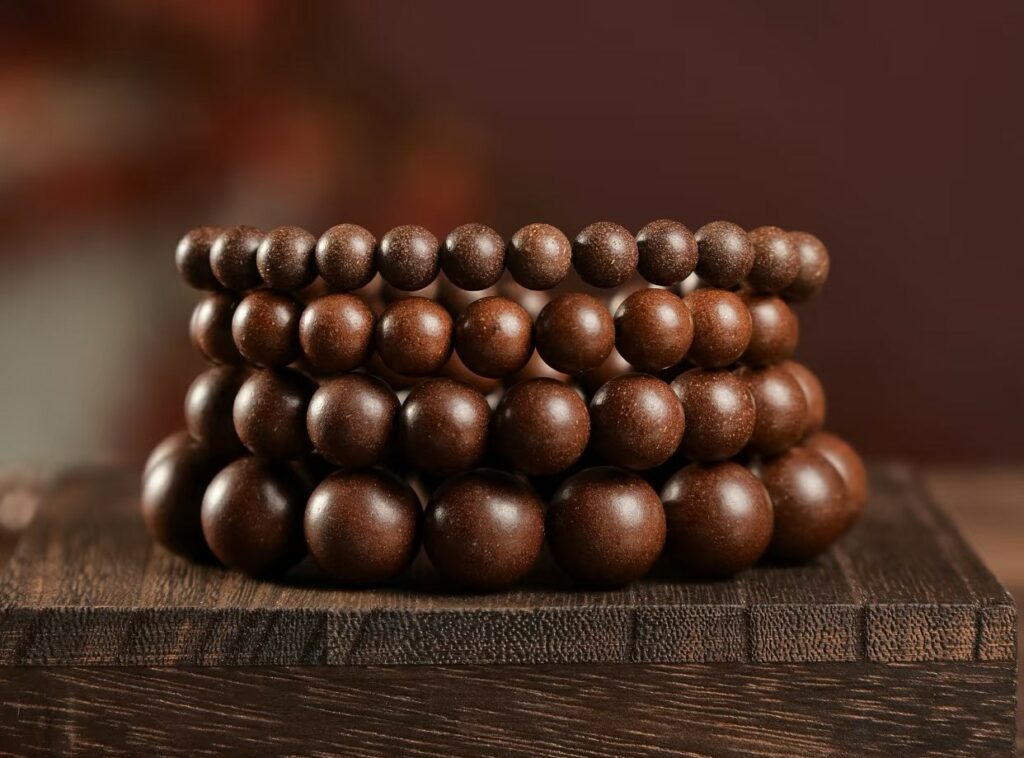
Scented Incense is often perceived in the modern world as a simple stick of fragrance—something to light for atmosphere, meditation, or ritual. Yet behind this commonplace image lies a tradition that is profound, intricate, and deeply rooted in the cultural history of East Asia. At the heart of this heritage stands the concept of blended incense, particularly in its highest form known as condensed blended incense, a craft recognized as part of intangible cultural heritage.
Four Ways of Appreciating Scented Incense:
- Fragrance Cloud - Meeting the Incense Directly
- Fragrance Resonance - Listening to the Echo of Scent
- Fragrance Essence - Walking into the Incense
- Lingering Fragrance - The Echo After the Flame
In the quiet corners of our modern lives—between Zoom calls, grocery runs, and bedtime scrolling—we are all silently searching for something. Not more productivity. Not another app. Not even “self-care” in the commercialized sense.
We’re searching for presence.
And quietly, gracefully, almost invisibly—the ancient triad of Eastern aesthetics is answering: scented incense, tea ceremony, and ikebana (the Japanese art of flower arrangement). Together, they form a sensory trinity that doesn’t just decorate space or soothe mood—they rewire perception. They anchor awareness. They cultivate what we now clinically call “mindfulness,” but what ancients simply called “being awake.”
This is not mysticism. This is methodology.
- The First Realm: Scent as Silent Teacher — The Role of Scented Incense
Let’s begin with smoke.
Not the kind from wildfires or exhaust pipes—but the intentional, ritualized curl of an incense stick, crafted by hand, aged with patience, burned with reverence. In both Chinese He Xiang and Japanese Kōdō traditions, incense was never mere fragrance. It was—and still is—a tool of transformation.
Think of aroma incense as the invisible brushstroke in a room’s atmosphere. While tea engages taste and ikebana commands sight, scent operates on a deeper, older layer of the brain: the limbic system. This is where memory, emotion, and instinct live. That’s why one whiff of sandalwood can dissolve anxiety before your rational mind even registers stress. Why aged agarwood can evoke childhood temples or forgotten forests you’ve never visited.
Modern neuroscience confirms it: specific aromatic compounds found in traditional scented incense—like linalool, eugenol, and caryophyllene—increase alpha brainwaves, lower cortisol, and activate the parasympathetic nervous system. Translation? Your body shifts from “fight or flight” to “rest and digest.” From chaos to calm. From distraction to depth.
And when paired with intention? That’s when Scented Incense for Mindfulness becomes a portal.
Light a stick before sitting. Don’t “do” anything. Just watch the smoke rise. Trace its path with your eyes. Feel its temperature on your skin. Let its scent enter—not as background noise, but as foreground focus. You’re not zoning out. You’re tuning in.
This is the first realm: scent as silent teacher.
It's Art and Legacy of Chinese Incense
How Does Incense Beads help your sleep well ?

Modern research illuminates why these ancient aromatic practices show renewed relevance for sleep science. The neurobiological pathway begins when inhalation transports aromatic molecules to the olfactory bulb, which directly interfaces with the limbic system—the brain’s emotional core housing the amygdala and hippocampus. This privileged neural pathway explains scent’s unparalleled ability to evoke emotion and memory, bypassing rational processing centers. Crucially, calming fragrances trigger the release of melatonin, the hormone governing sleep-wake cycles, while reducing cortisol production associated with stress arousal.
The Science Behind Scent and Sleep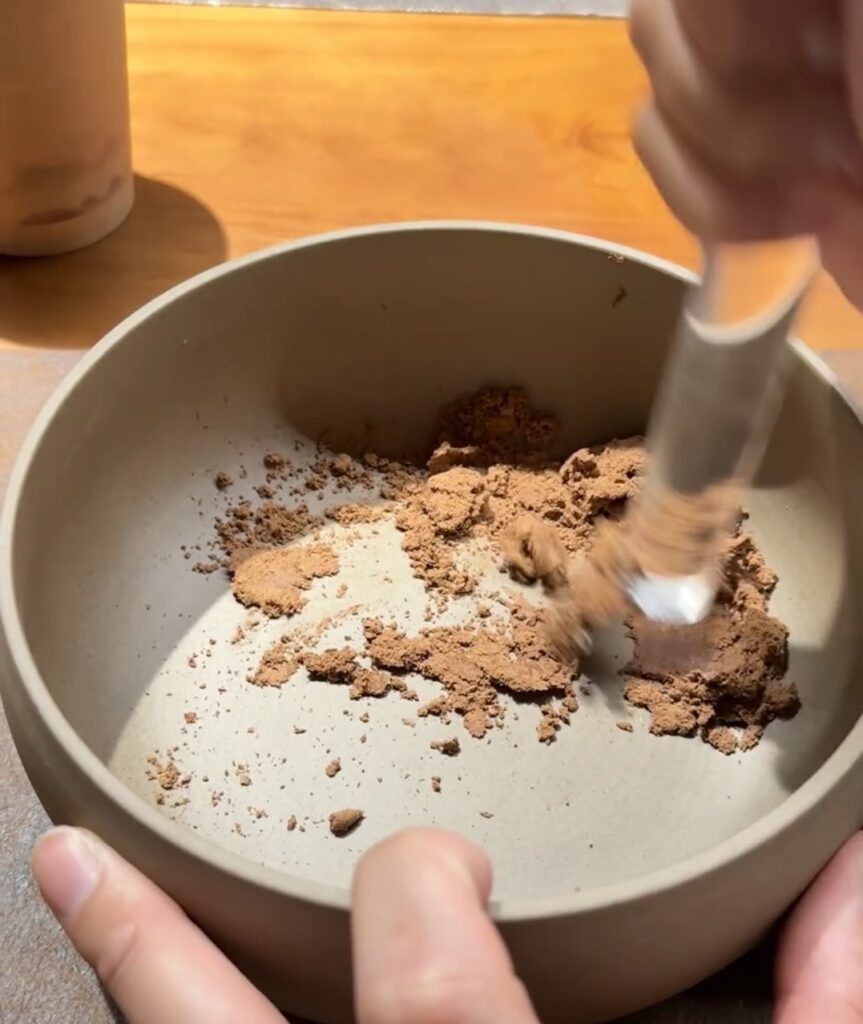
Traditional Incense Beads distinguishes itself from simple aromatherapy through sophisticated synergistic blending of ingredients targeting multiple sleep-disruption pathways simultaneously. Based on classical texts like the Kuangzhai Xiangpu, several formulas show particular relevance for modern sleep challenges
Sleep-Enhancing Incense Beads Formulas and Mechanisms- The Second Realm: Tea as Embodied Ritual — Where Taste Meets Time
Now, add tea.
Not the rushed mug gulped between emails. Not the sugary bottled stuff. But ceremonial-grade matcha whisked slowly in a chawan bowl. Or aged pu-erh steeped leaf by leaf, each infusion revealing new layers like chapters in a novel.
Tea ceremony—whether Chinese Cha Dao or Japanese Chanoyu—isn’t about caffeine. It’s about cadence. About choreography. About forcing the modern mind, addicted to speed and multitasking, to slow down, measure water temperature, observe color shift, feel ceramic texture against fingertips.
In this second realm, time bends.
You pour. You wait. You sip. You breathe.
The bitterness of green tea grounds you. The earthiness of roasted oolong centers you. The sweetness of jasmine blooms reminds you—gently—that joy exists in subtlety.
And here’s the magic: when incense burns beside the teapot, scent and taste begin to converse. The smokiness of a clove-and-cedar incense stick deepens the umami of matcha. The citrus notes in a bergamot aroma incense lift the brightness of white tea. The senses cross-pollinate. Awareness expands.
This isn’t luxury. It’s literacy—in the language of presence.
III. The Third Realm: Ikebana as Visual Meditation — The Grammar of Space
Finally, enter ikebana.
Western flower arranging often seeks abundance: overflowing bouquets, riotous colors, maximalist impact. Ikebana? It seeks essence. One branch. Three stems. Negative space as sacred as the blooms themselves.
Rooted in Shinto and Zen principles, ikebana teaches asymmetry, impermanence, and humility. You don’t dominate nature—you collaborate with it. You listen to how a camellia leans. You honor the curve of a bamboo stalk. You leave room for air, for silence, for the unseen.
Visually, it trains the eye to see not just objects, but relationships: between stem and vase, shadow and light, fullness and void.
And when practiced alongside scented incense and tea?
The triad becomes symphonic.
Smoke drifts past a single orchid suspended in bronze. Steam rises from a celadon cup as pine-scented incense curls around your wrists. You are no longer “doing” three things. You are inhabiting one state: total sensory immersion. Total presence.
This is the third realm: space as scripture.
The Timeless Tradition of Scent
A Deep Dive into Scented Incense Beads for Mindfulness

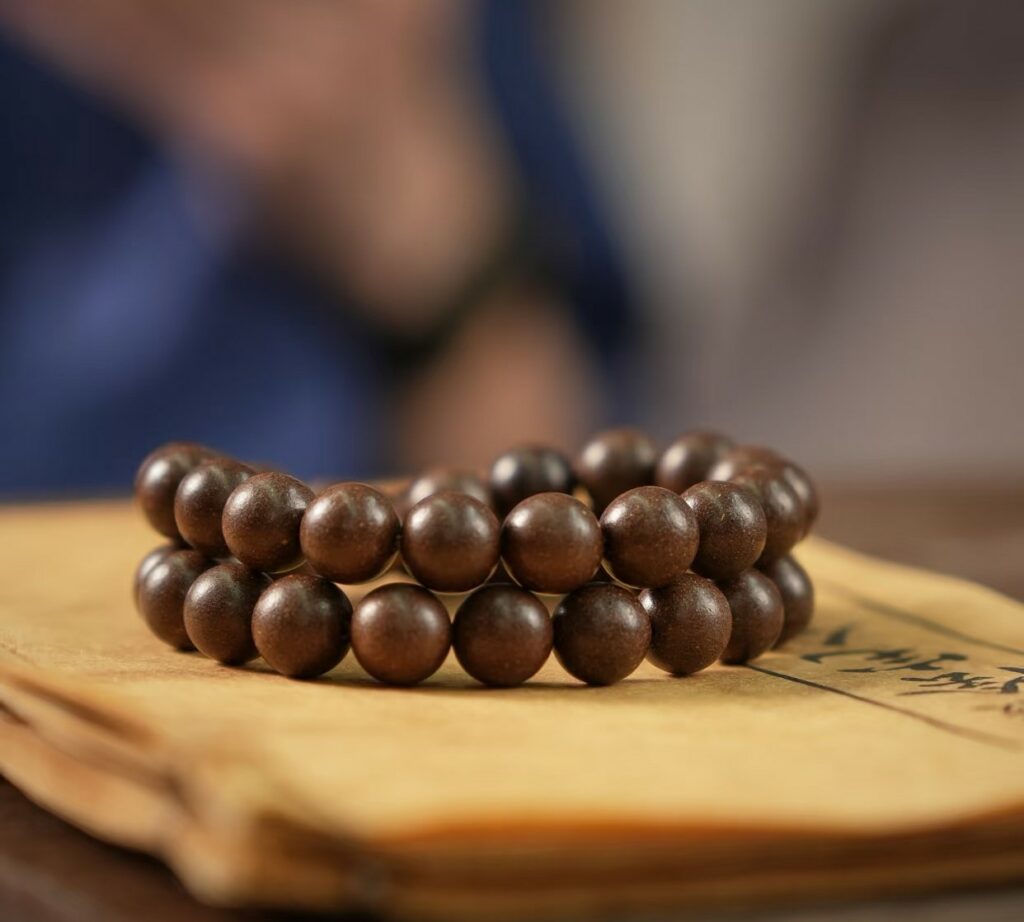
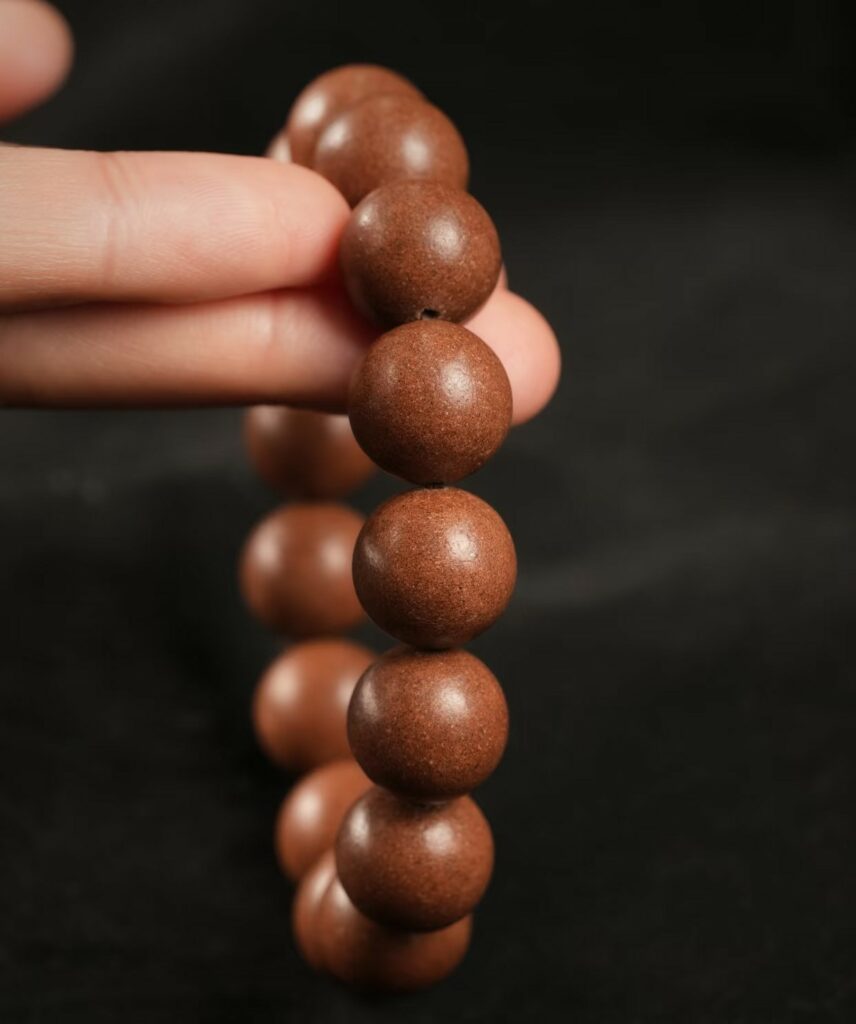
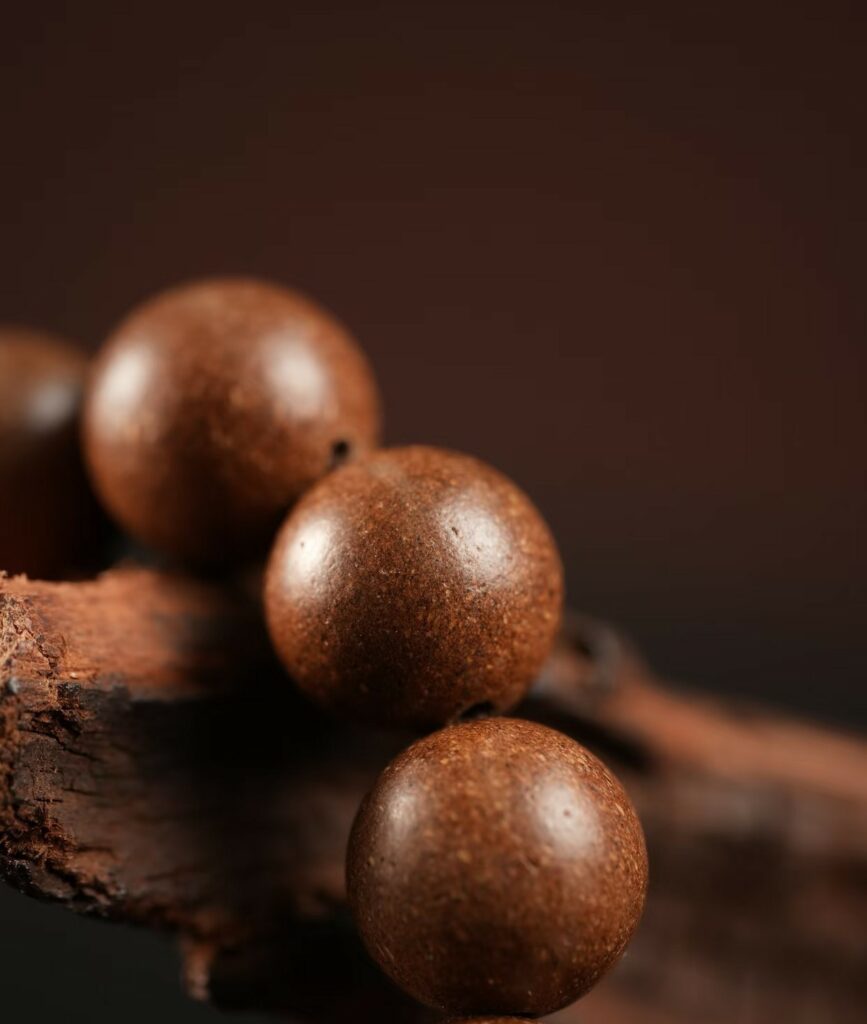
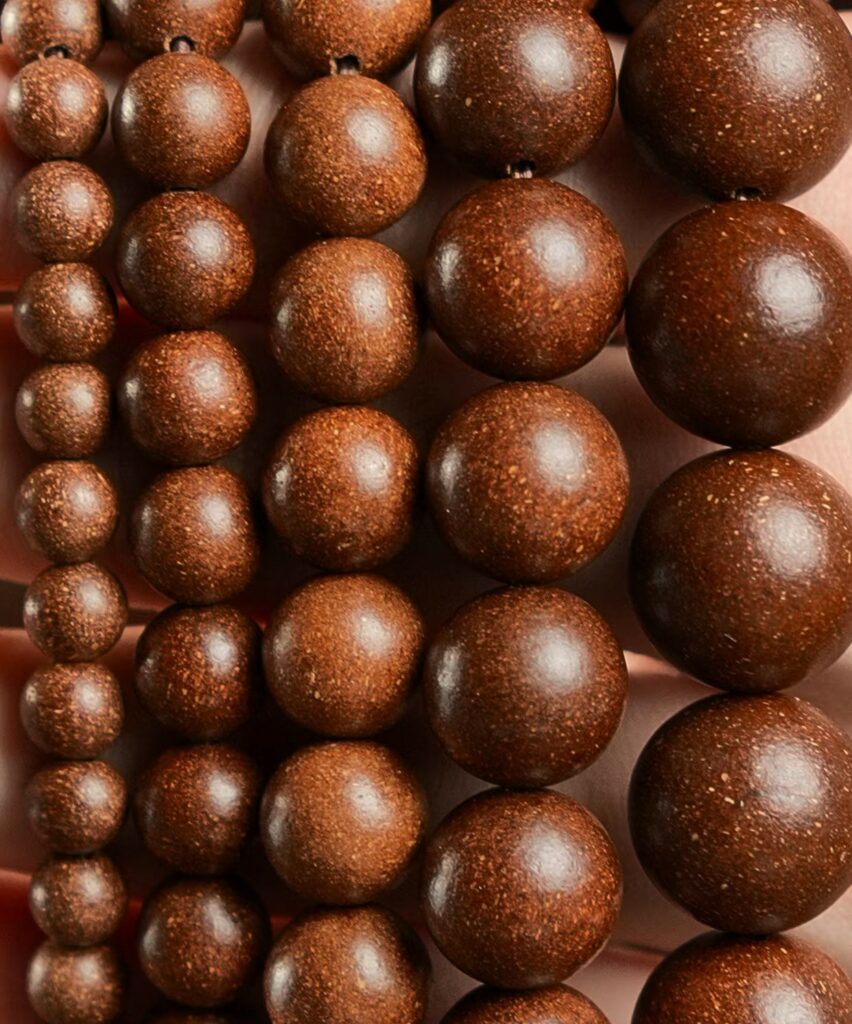
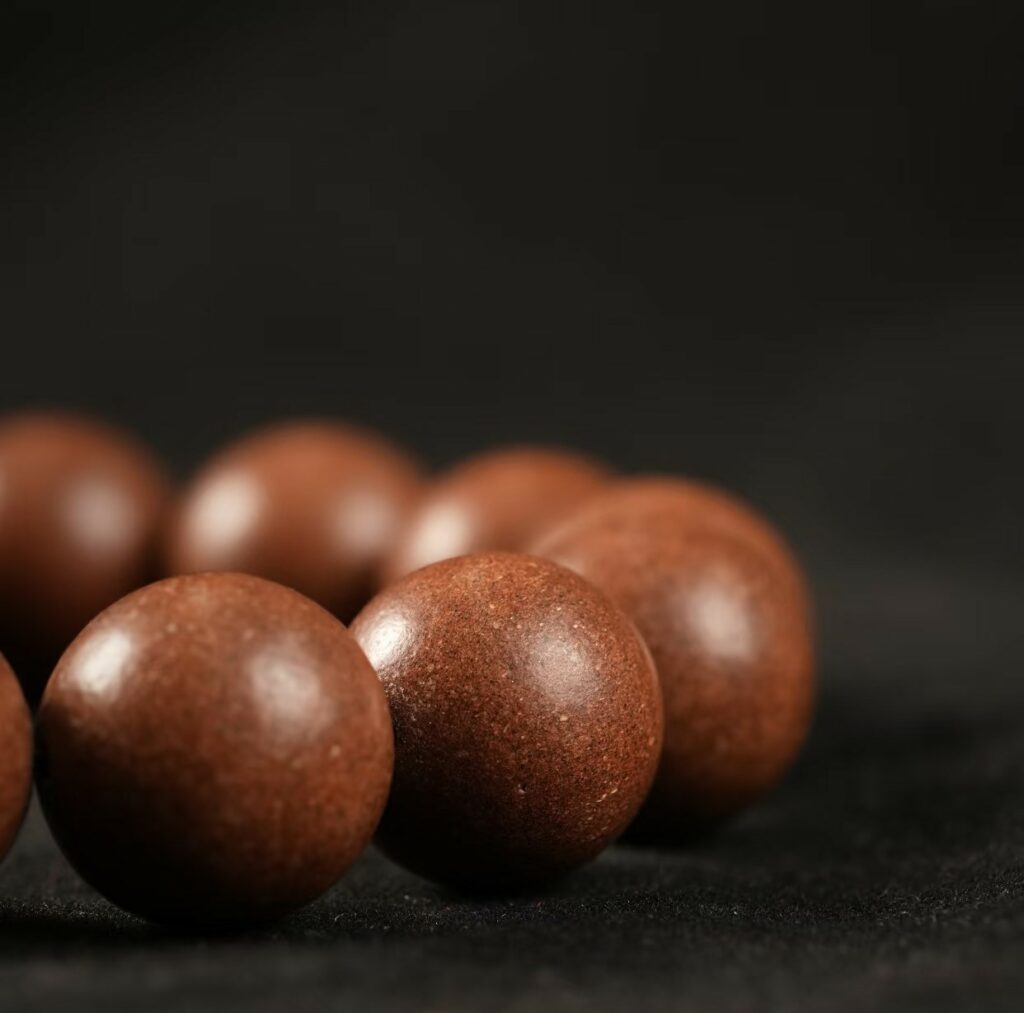
- The Convergence: Why These Three Arts Belong Together
Individually, each practice holds power.
But together? They form a complete mindfulness ecosystem.
- Scented incensecalms the nervous system and anchors attention.
• Tea slows time and awakens bodily awareness.
• Ikebana sharpens visual perception and cultivates non-attachment.
They engage smell, taste, and sight—the three senses most directly wired to emotional regulation and present-moment awareness. Touch (handling utensils, adjusting branches) and sound (water pouring, charcoal crackling) complete the immersion.
Historically, this convergence wasn’t accidental. In Song Dynasty China, scholars hosted “Four Arts Gatherings”: qin (music), qi (board games), shu (calligraphy), and hua (painting)—often accompanied by incense and tea. In Edo-period Japan, tea masters designed alcoves (tokonoma) specifically to display seasonal flowers beside censers and scrolls.
Why? Because they understood: true cultivation isn’t cerebral. It’s somatic. It’s environmental. It’s aesthetic.
You don’t think your way into mindfulness.
You sense your way in.
- Practical Integration: How to Begin at Home (No Master Required)
You don’t need a tatami room or a Song Dynasty censer.
Start small. Start sincere.
Step 1: Choose Your Scented Anchor
Select one Scented Incense for Mindfulness—perhaps sandalwood for grounding, lavender for calming, or frankincense for clarity. Light a single incense stick as your “ceremony starter.” Let its smoke be your breath cue.
Step 2: Brew With Intention
Choose one tea. Any tea. But brew it slowly. Measure leaves. Heat water to proper temp. Pour with both hands. Watch color change. Smell before sipping. Taste without distraction.
Step 3: Arrange One Thing
Find one flower. One leaf. One twig. Place it in a simple vessel—a cup, a jar, a bowl. Don’t “make it pretty.” Ask: “What does this want to express?” Adjust once. Leave it.
Sit with all three.
Five minutes is enough.
Ten is transformative.
Twenty? You might forget what day it is—and that’s the point.
- Beyond Decoration: The Science and Soul of Sensory Mindfulness
Let’s be clear: this isn’t escapism.
It’s recalibration.
Studies in environmental psychology show that multisensory rituals reduce perceived stress more effectively than single-modality interventions. fMRI scans reveal that olfactory stimuli combined with mindful ingestion (tea) and visual focus (ikebana) create stronger neural coherence across brain regions associated with attention and emotional regulation.
In plain terms: doing these three things together makes your brain work better—as a whole.
But beyond data, there’s soul.
These arts remind us that beauty isn’t frivolous. Ritual isn’t outdated. Slowness isn’t inefficient. In fact, they are survival skills for the 21st century.
When algorithms hijack attention and notifications fracture focus, scented incense, tea, and ikebana offer resistance—not through protest, but through presence.
They say: You are allowed to pause. To savor. To see. To smell. To simply be.
Luxury Scented Incense
Su Neihan's Yamen Incense
Su Neihan , better known as Su Shi (1037–1101) or Su Dongpo, was a polymath of the Song Dynasty—renowned as a poet, statesman, and incense master. His creation, Yamen Incense , epitomizes the literati tradition of Xiangdao ( “the Way of Incense”), blending olfactory artistry with philosophical refinement. Designed for use in government offices (yamen) and scholarly studios, this incense aimed to purify the mind, enhance focus during administrative duties, and cultivate inner tranquility amid bureaucratic pressures3. Unlike lavish imperial blends, Su Shi’s formula prioritized accessible ingredients, reflecting his Daoist-Buddhist ideals of simplicity and harmony with nature.
VII. Invitation: Create Your Own Triad Sanctuary
So here’s my challenge to you:
This week, carve out 15 minutes.
Gather:
- One incense stick (start with something gentle—cedar, chamomile, or vanilla-infused aroma incense)
- One tea (even a bagged Earl Grey counts—just brew it with care)
- One natural object (a fallen leaf, a supermarket carnation, a sprig of rosemary from your kitchen)
Arrange them within sight.
Light the incense.
Pour the tea.
Place the object where you can see it without straining.
Sit.
Breathe.
Notice.
Don’t journal. Don’t photograph. Don’t “optimize.”
Just be with the smoke, the steam, the stem.
That’s it.
You’ve entered the triad.
You’ve touched the ancient.
You’ve reclaimed your attention.
And if it moves you—if it quiets you, centers you, surprises you—come back tomorrow.
And the next day.
Build your sanctuary, one sensory breath at a time.
Final Thought: The Quiet Rebellion
In a world shouting for your clicks, your buys, your panic, your performance—
Choosing to sit with scented incense, tea, and a single flower is not passive.
It’s radical.
It’s reclaiming your senses from surveillance capitalism.
It’s saying: My awareness is not for sale. My peace is not a product. My presence is my power.
The ancients didn’t have apps.
They had ash, steam, and petals.
And they knew how to be fully alive.
So do you.
You always did.
You just forgot… until the smoke reminded you.
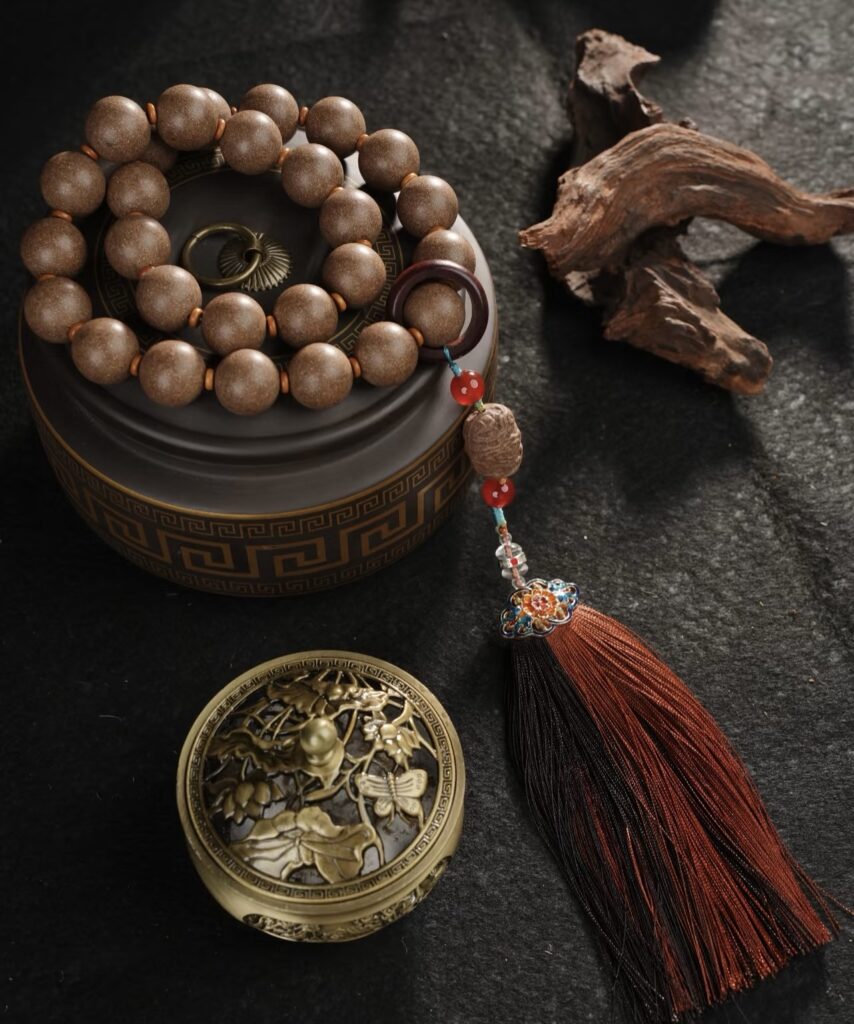
Chinese Scented Incense Culture
In the old world of scholars and monks, incense was never a luxury—it was a necessity. The ancients understood something we often forget: fragrance travels straight to the heart. Unlike words, unlike reason, scent slips beneath the surface, binding memory, stirring spirit, releasing tension.
Think of sandalwood. Its warmth doesn’t argue with you, it doesn’t demand. It simply grounds you, whispering: stay, breathe, do not drift away. Think of agarwood: deep, mysterious, with a gravity that pulls wandering thoughts back to center. Lotus petals soften anger into tenderness. Cinnamon ignites energy. Each scent speaks a different emotional language, and when blended into Scented Incense Beads, those voices become a chorus.
CONTACT US
Blended incense has always carried meaning beyond fragrance. In temples, it rises as an offering to the divine; in homes, it creates atmosphere for meditation, poetry, or study. Scholars of the past described incense as a companion to tea, painting, and music—a medium that refines the mind and connects human life with the rhythms of nature.
Philosophically, incense symbolizes impermanence. The smoke curls upward and disappears, reminding us of life’s fleeting beauty. Yet its lingering fragrance remains, echoing memory and spirit.

